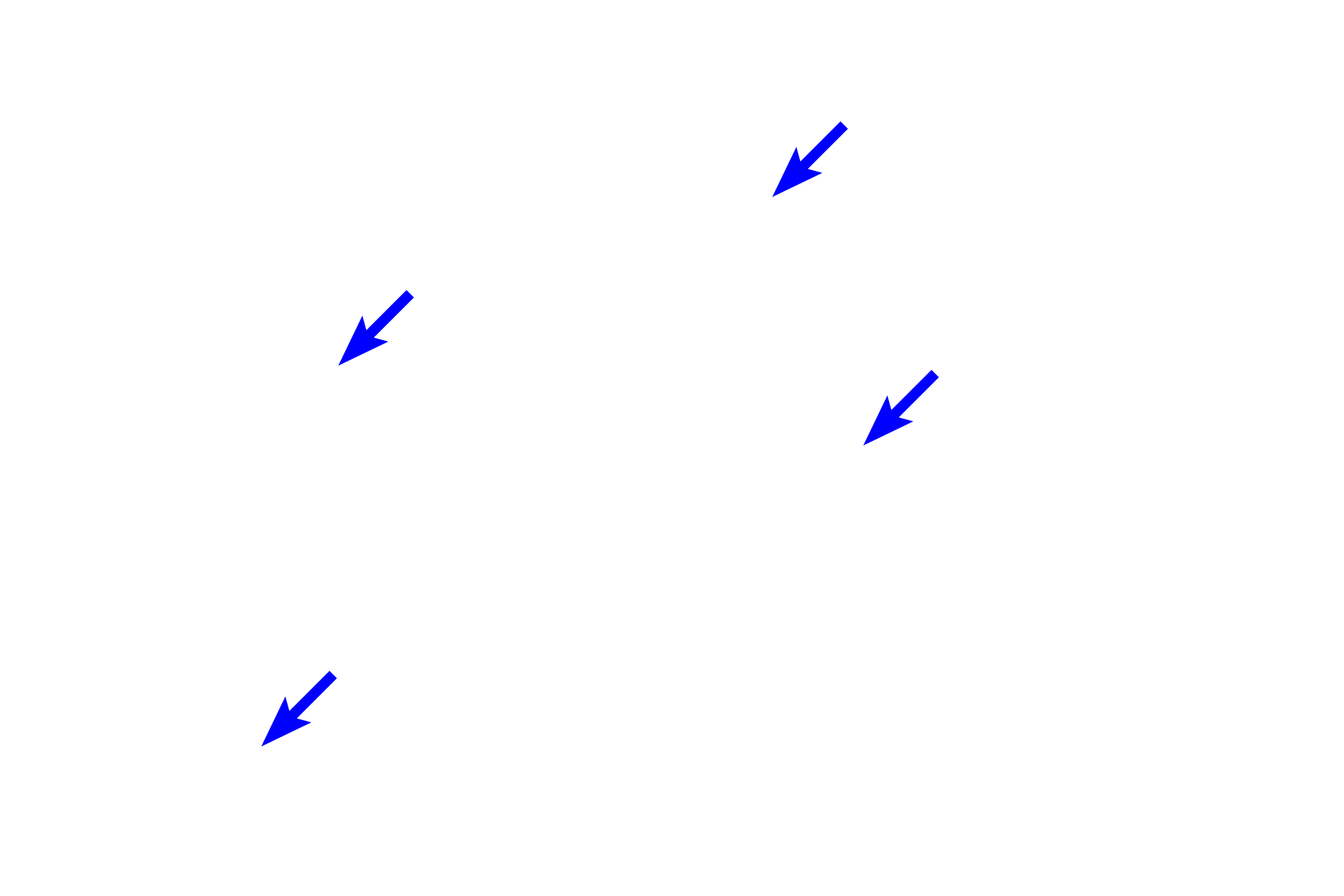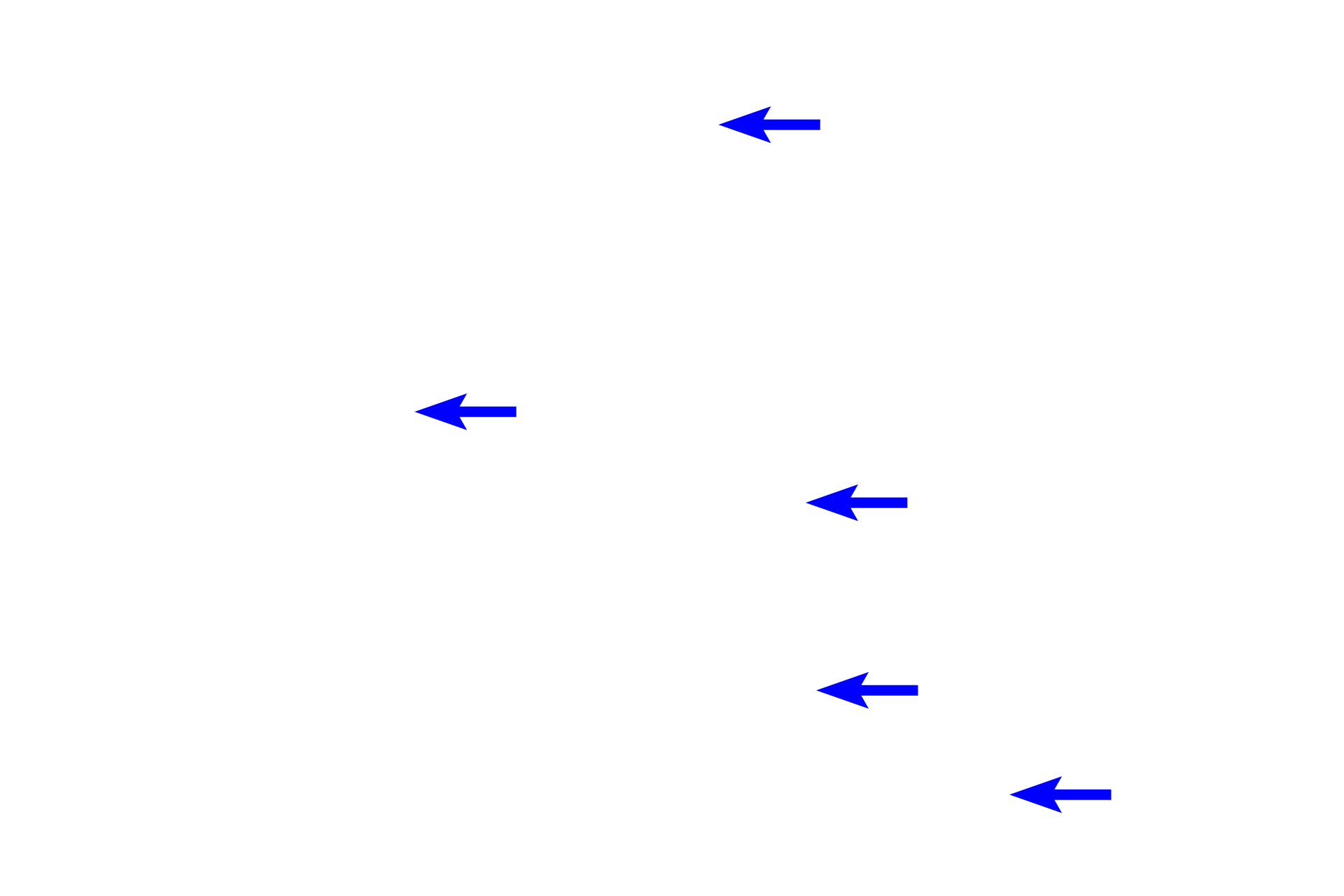
Connective tissue proper classification overview
The structure of connective tissue proper varies according to the needs of the tissue. Loose connective tissue allows for diffusion of nutrients and migration of immune cells as wells as providing delicate padding beneath epithelia and around glands and vessels. Dense connective tissue is found where greater strength or support is needed, such as the deep layers of the skin and walls of organs. It also forms tendons and ligaments. Skin 400x

Loose connective tissue >
Loose connective tissue is characterized by numerous connective tissue cells, abundant ground substance and delicate collagen, reticular and elastic fibers. Loose connective tissue is more highly vascularized than dense and because of its porosity, allows for diffusion and cell migration, particularly for immune surveillance. Loose connective tissue also provides delicate padding between tissues and around organs.

Dense connective tissue >
Dense connective tissue is characterized by relatively few cell numbers and types (mostly fibroblasts), reduced ground substance and abundant collagen fiber bundles. Dense connective tissue is found where greater strength and support is needed, such as the deep layers of the skin and walls of organs. It also forms tendons and ligaments.

Epithelium
The structure of connective tissue proper varies according to the needs of the tissue. Loose connective tissue allows for diffusion of nutrients and migration of immune cells as wells as providing delicate padding beneath epithelia and around glands and vessels. Dense connective tissue is found where greater strength or support is needed, such as the deep layers of the skin and walls of organs. It also forms tendons and ligaments. Skin 400x

Collagen fibers
The structure of connective tissue proper varies according to the needs of the tissue. Loose connective tissue allows for diffusion of nutrients and migration of immune cells as wells as providing delicate padding beneath epithelia and around glands and vessels. Dense connective tissue is found where greater strength or support is needed, such as the deep layers of the skin and walls of organs. It also forms tendons and ligaments. Skin 400x

Collagen bundles
The structure of connective tissue proper varies according to the needs of the tissue. Loose connective tissue allows for diffusion of nutrients and migration of immune cells as wells as providing delicate padding beneath epithelia and around glands and vessels. Dense connective tissue is found where greater strength or support is needed, such as the deep layers of the skin and walls of organs. It also forms tendons and ligaments. Skin 400x

Connective tissue cells
The structure of connective tissue proper varies according to the needs of the tissue. Loose connective tissue allows for diffusion of nutrients and migration of immune cells as wells as providing delicate padding beneath epithelia and around glands and vessels. Dense connective tissue is found where greater strength or support is needed, such as the deep layers of the skin and walls of organs. It also forms tendons and ligaments. Skin 400x

Blood vessels
The structure of connective tissue proper varies according to the needs of the tissue. Loose connective tissue allows for diffusion of nutrients and migration of immune cells as wells as providing delicate padding beneath epithelia and around glands and vessels. Dense connective tissue is found where greater strength or support is needed, such as the deep layers of the skin and walls of organs. It also forms tendons and ligaments. Skin 400x